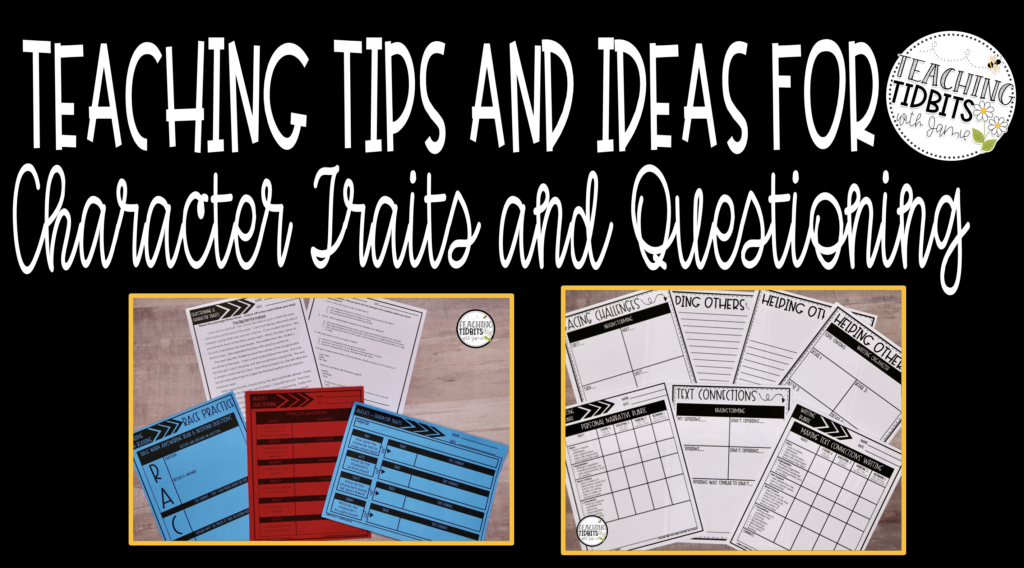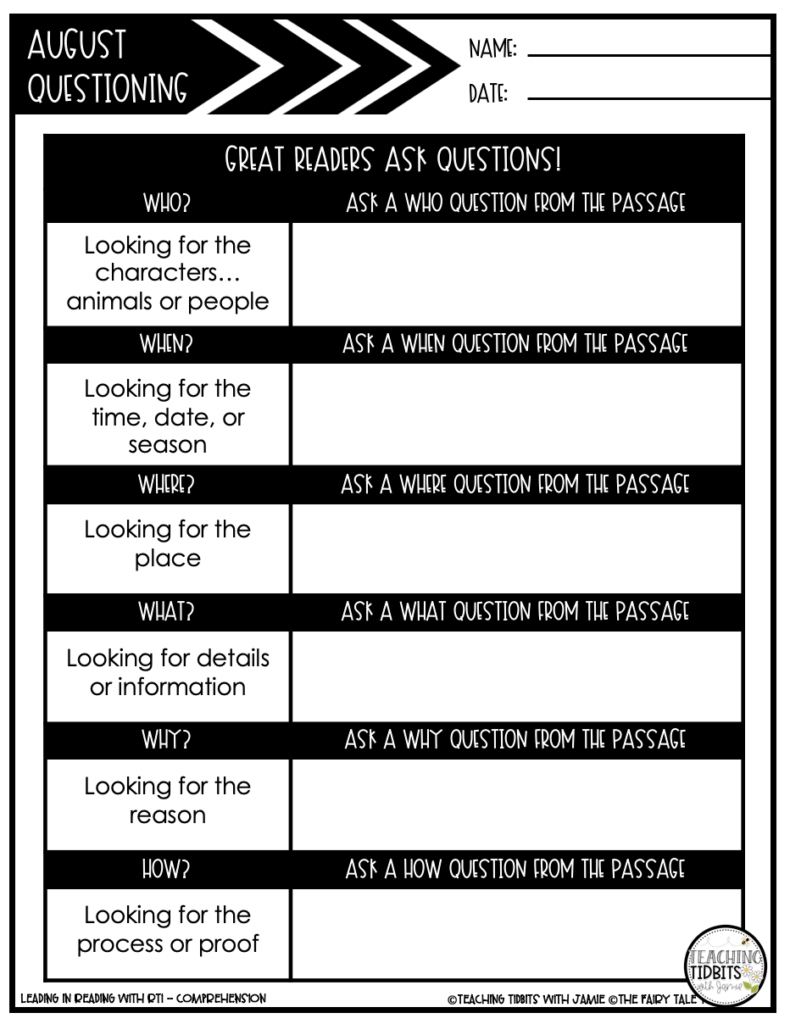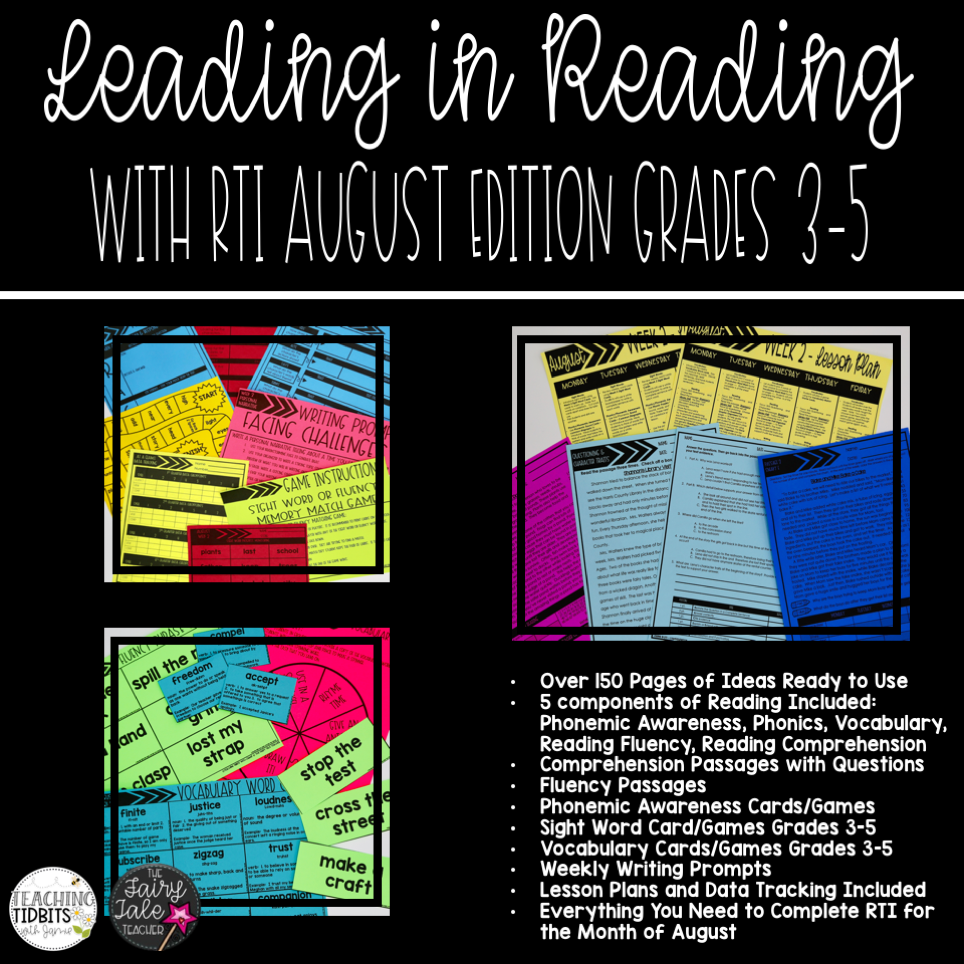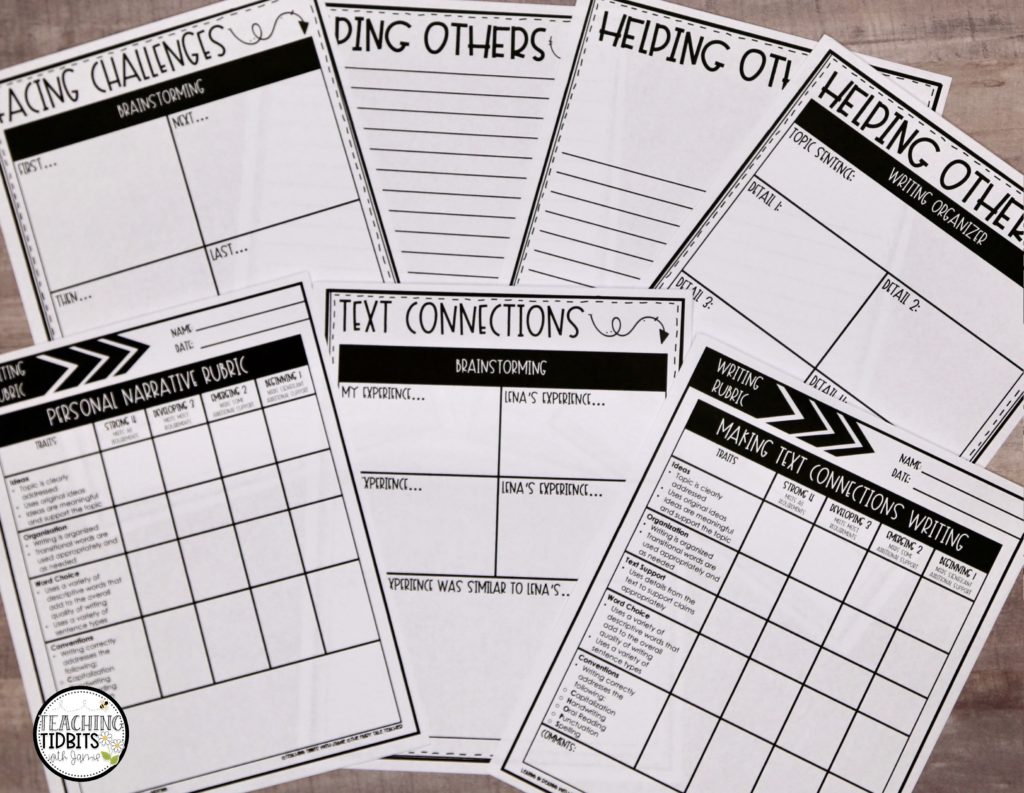
Character Traits & Questioning
When it comes to writing, it’s so important for students to learn about character traits and questioning. Now, this isn’t always an easy concept to teach. Character traits are the valued parts of a person’s behavior. Questioning in reading and writing is when a student is able to ask questions to help them to understand and identify what they are engaging in.
What Are Character Traits?
First, it’s important to realize that whether a person is a made-up character or a real person, everyone has a character trait. When you are reading or writing a fiction story, it’s important to know and understand what a character trait is. Every person has good and bad traits about them. A character can have traits like patient, kind, mean, jealous, hateful, helpful, fun, or lazy.
What is Questioning?
Before you even begin to write a story, there is a process that happens. This process is called questioning. It’s a vital part of writing a story or even reading a story! Questioning is generally a pre-writing task that doesn’t take long, but it can really help get a story moving along.

Questioning is a skill that can help a reader or writer create more of an understanding of the text. Questioning can help someone learn and even understand the text more clearly.
How to Teach Character Traits
If you’re trying to teach a group of students about character traits, you may personally want a few helpful hints. I want to share with you some ways in which you can teach your students how to better write character traits. Digging deep and learning more about characters is so much fun, especially when it’s your students who wrote about the characters.
Review Character Traits Together
One of the best ways to teach character traits is to be the one that truly introduces character traits to your students. Don’t be afraid to review these together. Read stories, discover the characters, and then talk about the traits of those characters together.
Identify Character Traits
Character trait discovery doesn’t need to be a one and done thing. Whenever you or your students are reading, you can take the time to identify character traits. This can be done during read-alouds or even after silent reading.
Practice With Writing
Of course, you knew I was going to mention this. When you have your students practice creating their own character traits, they are going to learn so much. The more practice your students have with this, the better they will get!
How to Teach Questioning in Reading & Writing
Now that you know and understand what questioning is, it’s important to know how to teach questioning in reading and writing.
Ask Big and Small Questions
Students learn from asking big and small questions. Practice asking bigger questions with your students and small questions with your students.
- Why is the character doing something?
- Why is the character responsible for what they did?
You can pick and choose what text to read and then practice questioning with your students. Don’t be shy about tasking the big and small questions in the text.
Before, During, & After Reading
Questioning doesn’t just happen before reading, it’s supposed to happen before, during, and after.
- Questioning before can help a student make predictions.
- Questioning during can help keep students on track.
- Questioning after can help students with comprehension and understanding the text.
There is no doubt that questioning is a valuable skill that students can use as an active reading strategy.
If you’d like your students to study more about character traits and questioning, make sure you check out my newest packet. You’ll enjoy putting these new skills to work. If you are looking for a year long tool to help you out in your classroom check out the bundle by clicking here.

Dive deeper into character traits and explore how to teach character response and setting by checking out my blog post. This blog post gives tips and ideas you can use in your classroom to teach character response and setting.












